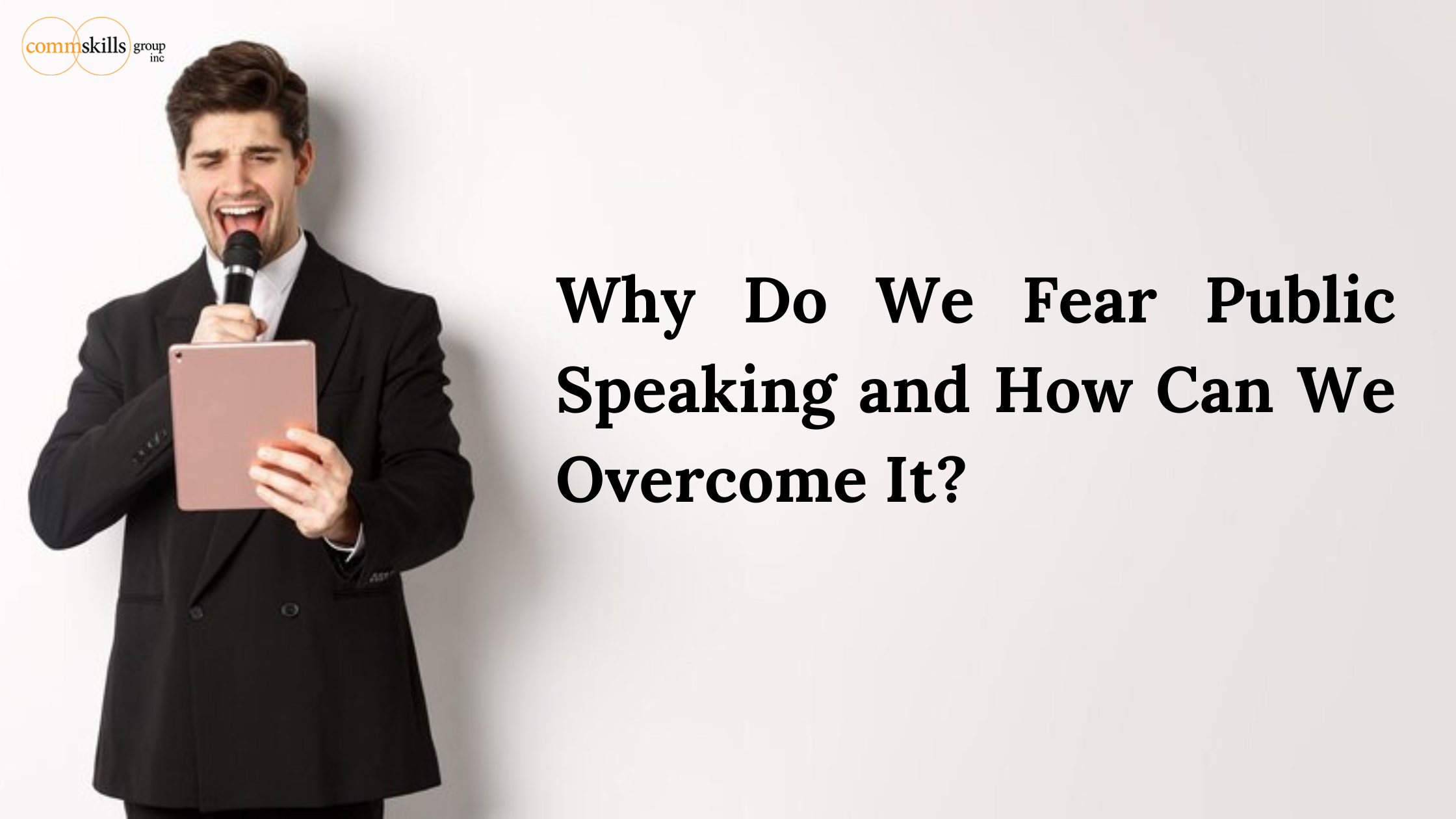Fear of Public Speaking
Public speaking can be daunting, but it doesn’t have to be. If the mere thought of addressing an audience fills you with dread, you’re not alone. Many people struggle with the fear of public speaking, but with the right approach, you can turn this fear into your greatest asset.
Come, let us explore practical techniques to help anyone transform from a fearful speaker to a confident communicator.
To start with this practical approach, divide this into three major topics: what, why, and how? What is the fear, why does it exist, and how can you overcome it?
Step 1: What is the Root of Fear? Why Public Speaking Feels So Intimidating
Humans are wired to care about social acceptance; we don’t want to be judged, embarrassed, or rejected. This fear of public speaking is heightened when we’re in front of an audience, where every word, movement, and expression feels scrutinized.
Additionally, our fight-or-flight response kicks in, mistaking the audience as a “threat.” This biological reaction causes physical symptoms like sweating, a racing heart, and a dry mouth, making it even harder to speak clearly.
Step 2: Why? Recognizing the Signs of Public Speaking Anxiety
Fear of public speaking manifests in various ways, and recognizing these symptoms is the first step toward addressing them. Common signs of public speaking anxiety include:
– Shaky hands and voice
– Rapid heartbeat and shallow breathing
– Nausea or “butterflies” in the stomach
– Mental blankness or forgetfulness
Knowing that these symptoms are a natural part of anxiety can be reassuring. It reminds us that this response is common and manageable, not a sign of failure or lack of ability.
Step 3: How to Overcome the Fear: Practical Techniques to Reduce Anxiety
The good news is that the fear of public speaking is highly treatable, and with the right techniques, anyone can become a more confident speaker. Here are a few methods that can help:
- Practice and Preparation: Familiarity breeds confidence. Practicing your material thoroughly and knowing it inside-out can reduce nervousness significantly. Rehearse in front of a mirror, record yourself, or practice with friends.
- Visualization: Picture yourself succeeding in your presentation. This positive visualization technique trains your mind to focus on a successful outcome rather than potential mistakes.
- Breathing Exercises: Deep breathing techniques help calm your nervous system, reducing symptoms like a racing heart and shallow breathing. Try inhaling for a count of four, holding for four, and exhaling for four before stepping on stage.
- Start Small: Begin with smaller, less intimidating audiences. Start by speaking in front of friends, colleagues, or family members, and gradually build up to larger audiences as your confidence grows.
- Focus on the Message, Not Yourself: When we shift focus from ourselves to the message we’re sharing, we reduce self-consciousness. Remind yourself that the audience is there to hear what you have to say, not to judge your every move.
Conclusion
Confidence in public speaking doesn’t happen overnight; it’s a gradual process. With each presentation, you’ll become more comfortable and start to feel empowered by the experience. Consider joining a public speaking group like Toastmasters, taking a presentation skills course, or working with a coach to reinforce your progress and refine your style.
The fear of public speaking is a natural response, but it doesn’t have to hold you back. By understanding the reasons behind this fear and practicing proven techniques to overcome it, you can turn your anxiety into a strength. As your confidence grows, the anxiety once associated with public speaking can even transform into excitement.
With time and persistence, you’ll not only become a more confident speaker but also discover a newfound ability to captivate and inspire any audience.
Read more: The Art of Public Speaking: Conquer Your Fear and Own the Stage






